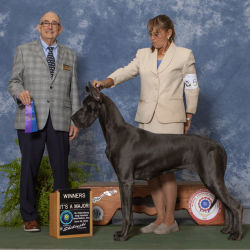Origins and Temperament
The Shiba Inu, boasting an esteemed heritage, hails from Japan, where they were originally bred to flush out small game and birds for hunters. Recognized by their bold and spirited nature, these dogs exhibit fierce independence and intelligence—traits rooted in their ancient lineage. While this autonomy lends them an intriguing disposition, it can also contribute to potential challenges during travel, with such independence possibly leading to anxiety or stress in unfamiliar settings. Understanding and accommodating their dignity and alertness are key factors in ensuring their comfort during transportation.
Size and Physical Needs
As a small to medium-sized breed, the Shiba Inu typically weighs in at around 17 to 23 pounds. Their nimble frame necessitates a balanced amount of exercise to maintain robust health and well-being. Regarding travel, their compact stature requires accommodations that provide adequate space for movement as well as opportunities for regular physical activity. Guardians should also be aware of the Shiba's thick double coat, which may require temperature regulation during transport to accommodate their susceptibility to heat.
Common Health Considerations
Shiba Inus are generally healthy, but they are predisposed to certain conditions such as allergies, hip dysplasia, and eye disorders. When preparing for travel, it is paramount to have current health documentation readily available, including a health certificate and proof of vaccinations. Preemptive measures, including a thorough pre-travel veterinary check-up, can ensure a safe and comfortable trip for your Shiba Inu.















